Lyme disease research in review: triumphs, trials, and the path forward
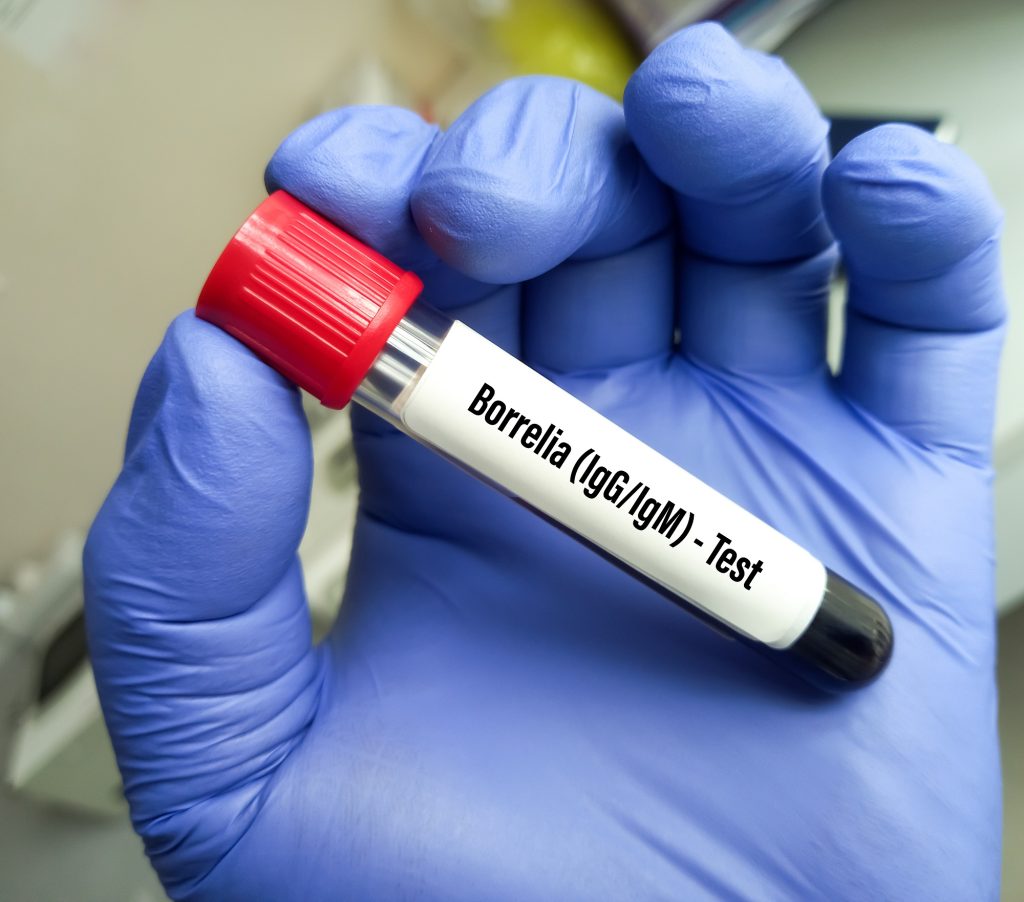
As always, the world of Lyme is complicated with both good news and bad. Looking back over the past year, I want to highlight a few of the biggest scientific advances that stand out in my mind.
Co-Infections
First I want to share something that science keeps validating—the majority of patients with persistent symptoms following a diagnosis of Lyme disease have co-infections.
This means they are infected with two or more pathogens (such as bacteria, viruses, or fungi) at the same time. These co-infections (including COVID-19) complicate the immune response and likely increase the chance of developing chronic Lyme.
As I wrote about previously, North America is “ground zero” for babesiosis, which is likely playing a much greater role in patients with chronic Lyme than we know. In the MyLymeData study, over 60% of patients report they were diagnosed with an additional tick-borne infection along with Lyme. For most of them, it’s Babesia.
In July 2024, researchers conducting a Lyme disease pilot study at North Carolina State University discovered that all seven participants were infected with Babesia, and six out of the seven were co-infected with at least one (sometimes two or more) species of Bartonella.
Babesia is a parasite, similar to malaria. It requires a separate test and special anti-parasitic medications outside of the standard tests and antibiotics used for Lyme disease alone.
Diagnostics
As I wrote about in December 2023, Borrelia (Lyme) has some unique features allowing it to hide from our immune system. That stealth technique, which keeps the number of bacteria low in the blood stream, also makes it difficult for standard blood tests to detect Lyme disease. In April of 2024, Dr. Michal Tal and her team published another clue as to how Borrelia hides from the immune system.
Right now, all eyes are on the six teams competing in the LymeX diagnostic challenge as they move forward with their innovations. These will hopefully result in a more accurate test becoming available to the public than the standard outdated test that has been around since 1994. (Note: Lyme X Phase 3 winners will be announced soon.)
While an accurate Lyme diagnostic is absolutely needed, I cannot ignore the fact that ticks in North America are known to transmit over 18 different pathogens.
In August of 2024, a team of biologists at City University of New York Graduate Center produced a genetic analysis of 47 different strains of Borrelia. This may pave the way for improved diagnosis, treatment, and prevention of Lyme disease.
I hope that with this new genetic mapping, we will finally be able to take advantage of the next-generation metagenomic testing which is capable of detecting multiple pathogens.
Treatment
One of the top priorities of patients with chronic Lyme disease is finding an effective treatment.
Two recent studies have shown that combination therapy for Lyme, and combination therapy for Babesia work better than monotherapy.
But not everyone responds favorably to pharmaceuticals. One reason for this, may be a condition called alpha-gal syndrome (AGS).
AGS is triggered by the bite of a tick and causes an allergy to anything derived from red meats including some medications. An estimated 450,000 people have AGS in the U.S., making it the tenth most common food allergen.
If enacted, the Alpha-Gal Inclusion Act would require the FDA to list alpha-gal as a major allergen and require labeling to include it as an ingredient.
Mast cell activation syndrome
Another complicating factor common in patients with chronic Lyme is mast cell activation syndrome (MCAS). MCAS can make patients extremely sensitive to certain types of chemicals, foods and additives.
In fact, MCAS is such an important topic, in 2024 we devoted an entire issue of the Lyme Times to Mast Cell Activation Syndrome which you can download and read for free.
Alas, there is nothing simple about treating complex medical conditions triggered by the bite of a tick. Many of the patients I know who’ve gotten better took years before they found the root cause of their misery followed by the right combination of treatment that worked.
In 2023 we devoted an entire issue of the Lyme Times trying to answer the question: What does it take to get better?
My hope is that we continue to see scientific progress in finding better diagnostics and treatment. And if you are struggling with a chronic illness, please do not give up hope.
LymeSci is written by Lonnie Marcum, a physical therapist and mother of a daughter with Lyme. She served two terms on a subcommittee of the federal Tick-Borne Disease Working Group. Follow her on X: @LonnieRhea Email her at: lmarcum@lymedisease.org.


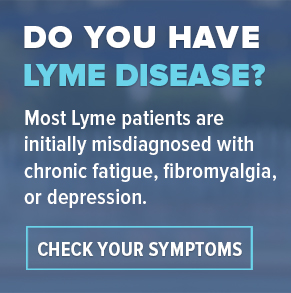
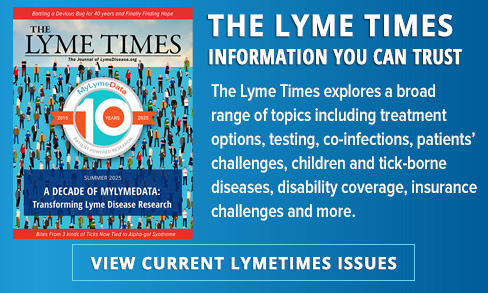





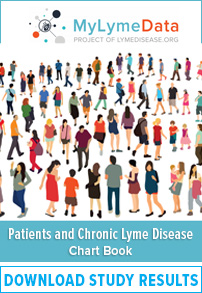
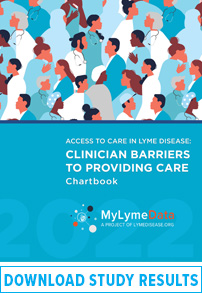




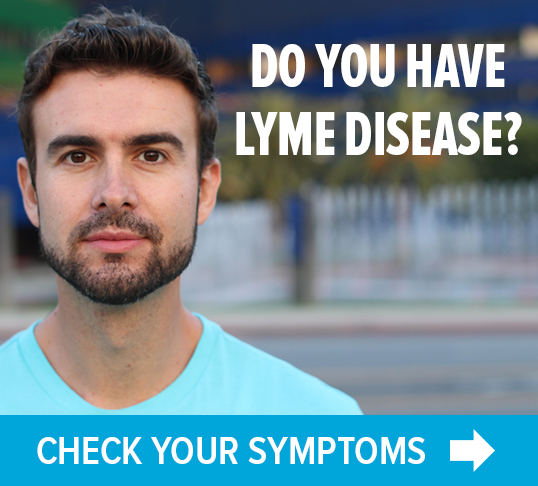




We invite you to comment on our Facebook page.
Visit LymeDisease.org Facebook Page